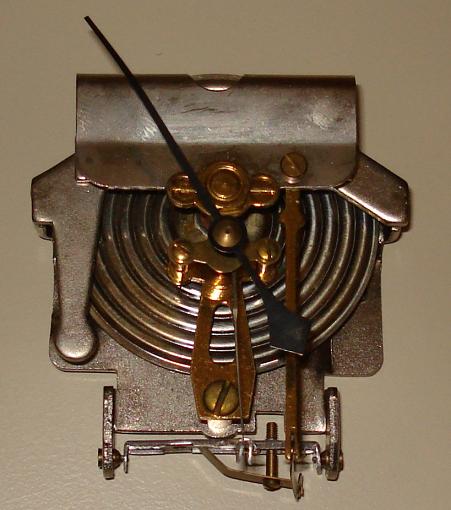

Understanding electrical charges is important for many reasons. Now you know why your hair stands straight up when you pull a wool hat off your head. Once you understand the concept of static electricity, you can think about everyday applications of this project.

Some materials hold their electrons very closely, not allowing the electrons to move through them well. Just to make things a bit more confusing, an atom that has either a positive or negative charge is no longer called an atom. The atom that gains the electrons has more negative than positive particles, so it has a negative charge. When electrons jump ship and move to another atom, the balance is lost.Īn atom that loses electrons then has a positive charge because it contains more protons than electrons. Remember, a neutral atom must contain the same number of protons and electrons. When this happens, it puts the electric charge of the atom out of balance. They move around about the nucleus, and sometimes bail out on the atom altogether and move to a different atom.
#Physics science experiments free
While protons and neutrons stick closely together within the nucleus of an atom, electrons are like free spirits who can't stay still. That's because the positive charge of a proton is equal to the negative charge of an electron. When an atom contains the same number of protons and electrons, the atom has no overall charge, but is neutral. Electrons have a-you guessed it-negative (-) charge, and neutrons, as their name suggests, have no charge. In terms of this experiment, the way that they're different from one another concerns their electrical charges. Protons, neutrons, and electrons are very different from one another. Electrons, on the other hand, are even smaller than protons and neutrons, and orbit around the nucleus of the atom. That's where the protons and neutrons hang out. A bar of silver, for instance, could be divided in half, then half again, and again and again and again, until there is a piece so small that if it were to be divided, it would no longer be silver. Electrons are even tinier particles that orbit around the nucleus.Īn atom, if you'll recall, is the smallest piece possible of an object. Protons and neutrons are tiny particles contained within the nucleus of an atom.


 0 kommentar(er)
0 kommentar(er)
